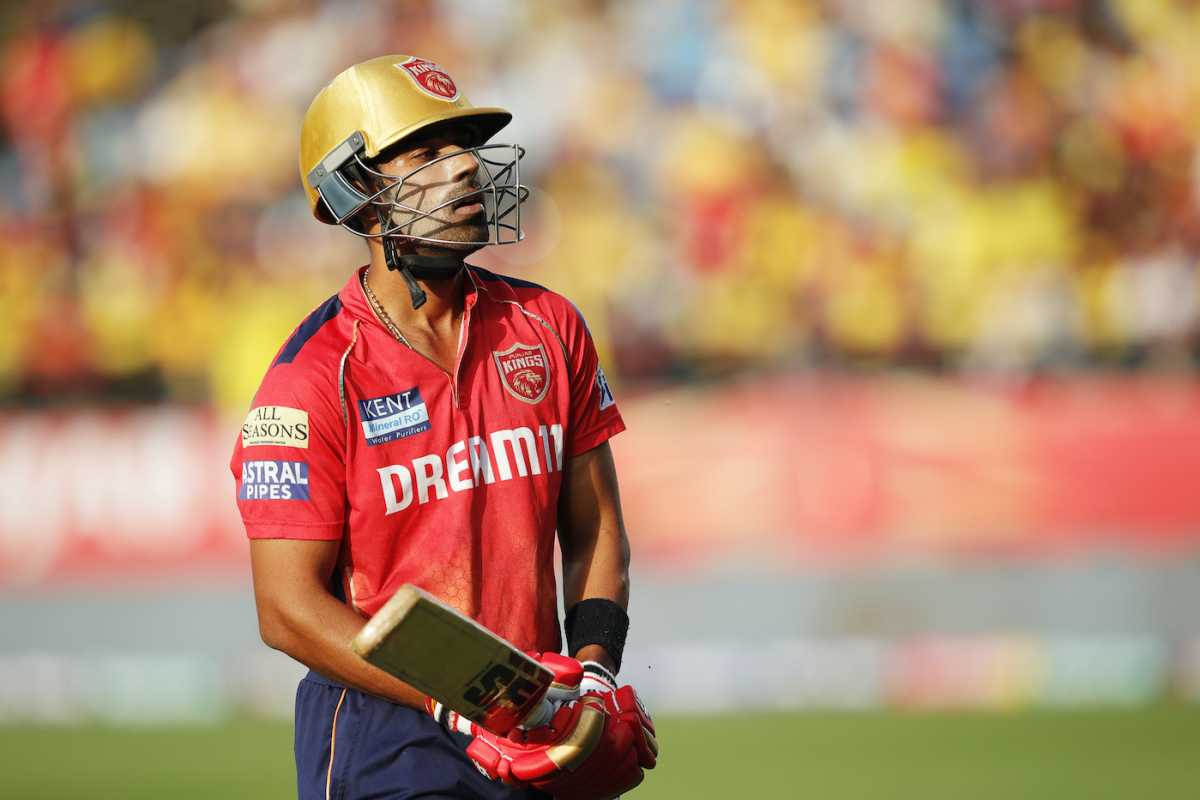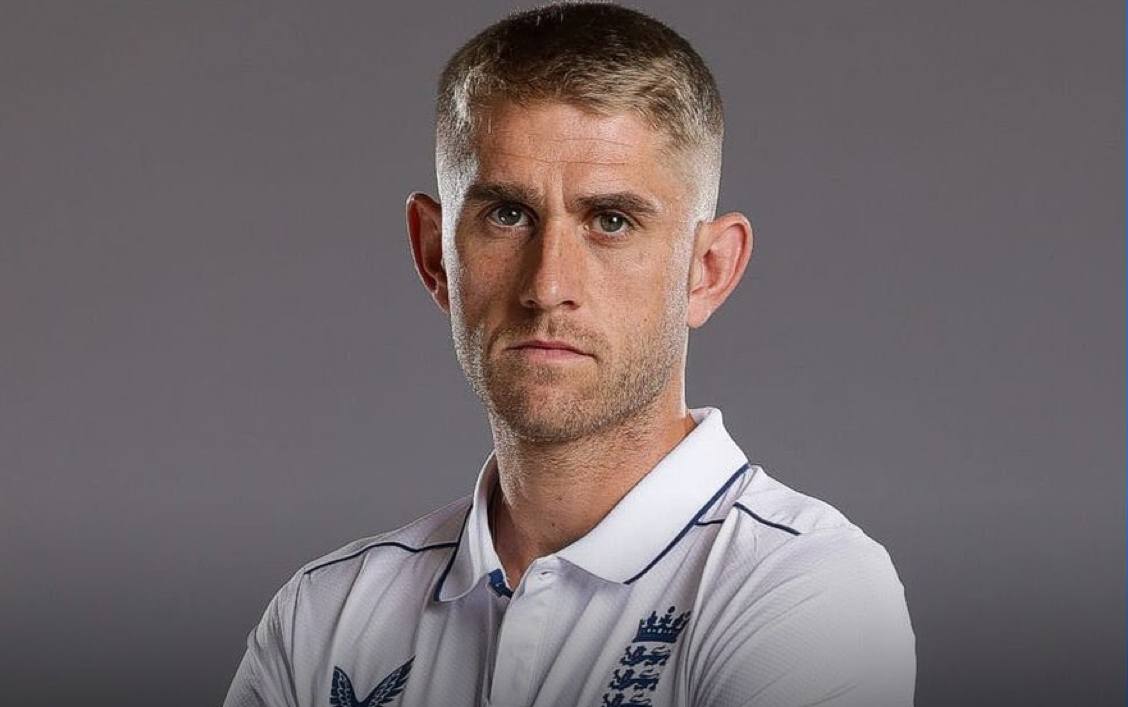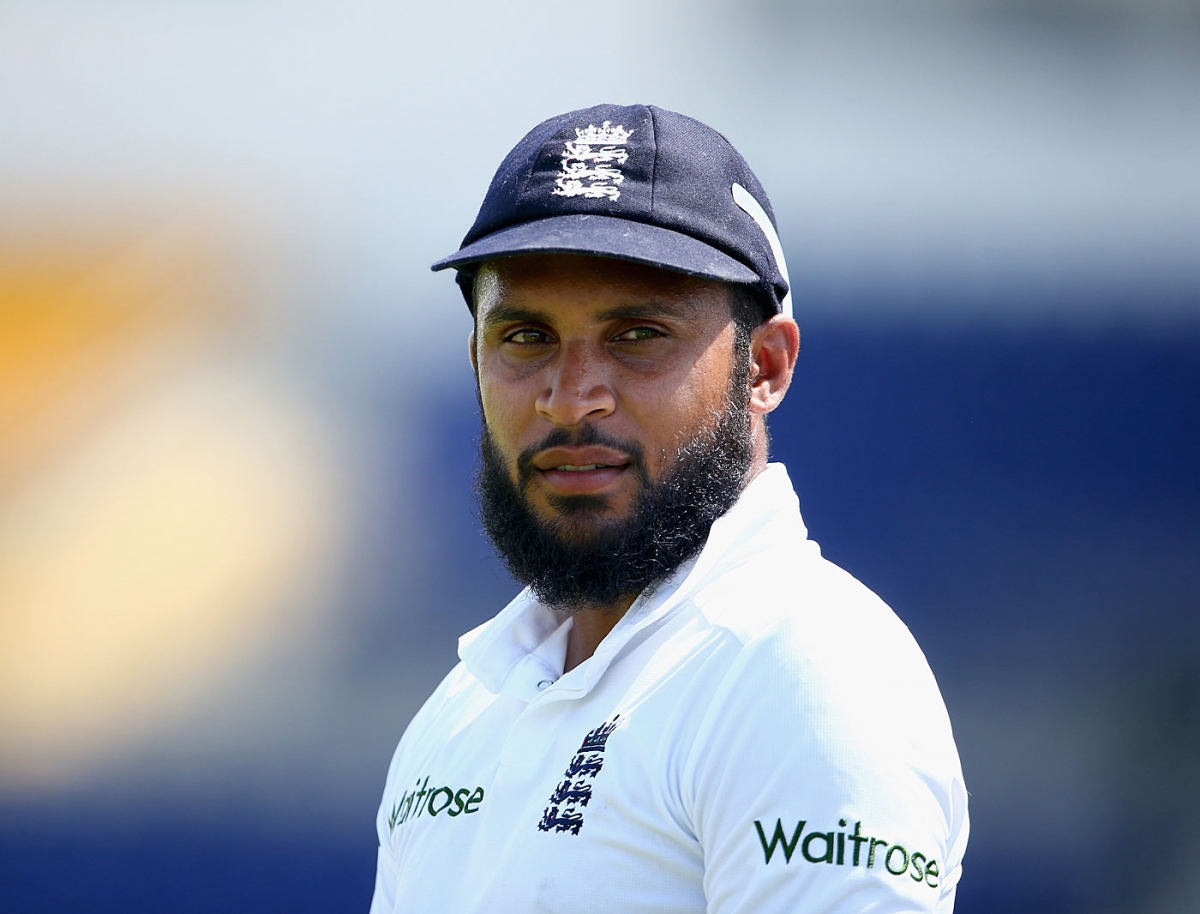For over half a year, the hype machine of Hollywood grinds in silence. Blockbuster scripts are greenlit, A-list stars are attached, and colossal budgets are allocated. But for the modern moviegoer, the true starting pistol for the summer blockbuster season—and the entire cinematic year—isn’t fired at a glitzy premiere or a film festival. It’s fired in the huddle of a football field, during the most-watched television event in the United States: the Super Bowl.
The Super Bowl trailer has become an event within an event, a cultural moment that transcends both sports and cinema. For a price tag that now soars well over $6 million for a 30-second spot, studios bet that a prime slot during the Big Game will generate enough immediate, explosive buzz to justify the cost. It’s a high-stakes gamble where a single minute of footage can make or break a film’s public perception before a single ticket is sold.
This article is the definitive guide to that high-stakes arena. We will journey through the history of this unique phenomenon, analyze the strategic genius behind the most successful spots, and crown the true kings and queens of the Super Bowl trailer—the previews that didn’t just advertise a movie, but became unforgettable cultural events themselves.
The Anatomy of a Super Bowl Trailer: Why It’s Different
Not all trailers are created equal. A standard theatrical trailer or an online teaser has time to build mood, introduce characters, and establish a plot. A Super Bowl trailer has, typically, 60 to 90 seconds to achieve one primary goal: dominate the conversation tomorrow.
This necessitates a different creative approach:
- The “Money Shot” Mandate: Super Bowl trailers are built around one or two breathtaking, instantly shareable moments. This is the visual that will be turned into a GIF, debated on social media, and dissected on morning talk shows. It’s the T-Rex roar in Jurassic Park, the portal-opening in Avengers: Endgame, or a first full look at a new superhero suit.
- Immediate Audibility: With parties in full swing, the audio mix is crucial. A powerful, recognizable score or a bone-rattling sound effect (like the Inception “BRAAAM” or the Godzilla roar) can cut through the noise and command attention.
- Brand Recognition in Seconds: The most successful spots often leverage established franchises. You don’t need to explain who The Avengers are; you just need to show them in a new, epic configuration. For new properties, the hook must be razor-sharp and immediate.
- The “Exclusive” Vibe: These trailers are presented as events. They often premiere during the game and are immediately released online with the tag “Super Bowl Spot,” giving them a perceived value and urgency that other marketing materials lack.
With these principles in mind, let’s dive into the trailers that mastered this unique art form.
The Godfathers: The Trailers That Started It All
While movie ads had appeared during the Super Bowl before, the modern era truly began in 1993. The game was moving from a mere sporting event to a full-blown national holiday, and Hollywood took notice.
‘Super Mario Bros.’ (1993) – Super Bowl XXVII
This was one of the first, if not the first, major blockbuster trailer to use the Super Bowl as a true launchpad. The film itself was a notorious flop, a bizarre and grim take on the vibrant video game. But the trailer, with its cutting-edge (for the time) CGI of the Goomba and the promise of a live-action Mushroom Kingdom, was a genuine event. It proved that the Super Bowl audience was hungry for a glimpse of the future of cinema, even if that future was a bit wobbly.
‘Independence Day’ (1996) – Super Bowl XXX
This is the one that changed the game. Roland Emmerich’s alien invasion epic was a relative unknown before its Super Bowl spot. The trailer was a masterclass in escalation. It starts with quiet mystery—the shadow of a massive spacecraft falling over a city. Then, the iconic shot of the White House being vaporized by a laser beam. The image was so shocking, so audacious, and so perfectly executed that it became an instant icon. The trailer didn’t just sell a movie; it sold a spectacle. Independence Day became the highest-grossing film of 1996, and its Super Bowl spot is widely credited as the catalyst.
The Modern Era Kings: Franchise Dominance and the Art of the Reveal
From the late 90s onward, the Super Bowl became the premier stage for established franchises to remind everyone of their power and for new ones to announce their arrival.
‘The Avengers’ (2012) – Super Bowl XLVI
Marvel Studios was riding high, but The Avengers was an unprecedented gamble: bringing four separate superhero franchises together. The Super Bowl spot was their proof of concept. It was only 30 seconds long, but it was packed with money shots: the team assembled in a circle, Hulk roaring, and most importantly, a sense of scale and camaraderie that proved the concept could work. It was the final, crucial piece of marketing that turned skepticism into unbridled hype, paving the way for the film’s record-shattering $1.5 billion box office.
‘Star Wars: The Force Awakens’ (2016) – Super Bowl 50
The return of Star Wars to the big screen was already the biggest story in entertainment. The Super Bowl spot for The Force Awakens was less about revealing plot and more about stoking the emotional fires. It gave us new, fleeting glimpses of Rey, Finn, and Poe, but its power was in nostalgia. The shot of Han Solo and Chewbacca back on the Millennium Falcon’s deck, with Han saying, “Chewie, we’re home,” is arguably one of the most emotionally resonant moments in Super Bowl trailer history. It wasn’t just a trailer; it was a welcome home party for an entire generation.
‘Avatar’ (2009) – Super Bowl XLIII
James Cameron’s first film since Titanic was shrouded in mystery. The Super Bowl spot was many audiences’ first real look at the world of Pandora. It was a sensory overload of bioluminescent flora, terrifying fauna, and the majestic Banshees. While the full 3D experience couldn’t be translated to TV, the spot successfully sold the idea of the film: a breathtaking, immersive, and technologically revolutionary experience. It assured a skeptical public that Cameron’s vision was, indeed, worth the wait.
The Master Craftsmen: Trailers That Redefined the Form
Some trailers are memorable not just for the film they represent, but for their sheer artistic and strategic brilliance.
‘The Dark Knight’ (2008) – Super Bowl XLII
Christopher Nolan’s sequel to Batman Begins had an impossible task: introducing a new Joker following Heath Ledger’s tragic passing. The trailer was a chilling, minimalist masterpiece. It featured no Batman. Instead, it was a chaotic, unsettling showcase for Ledger’s Joker. Using a distorted version of the creepy children’s song “The Farmer in the Dell,” the spot showed the Clown Prince of Crime orchestrating chaos, culminating in the shocking shot of a school bus exploding out of a bank wall. It was bold, terrifying, and instantly cemented Ledger’s performance as legendary, generating a level of morbid curiosity and critical acclaim that is rarely seen.
‘Inception’ (2010) – Super Bowl XLIV
For an original, complex sci-fi concept, the Super Bowl is a tough sell. Nolan’s Inception trailer solved this problem by selling the feeling of the film, not the plot. It was a rapid-fire montage of unforgettable images: Paris folding over on itself, zero-gravity hallway fights, and a cityscape crumbling into the sea. All of it was set to the now-iconic, deafening “BRAAAM” of the score. The trailer asked questions it didn’t answer, creating an irresistible puzzle that the entire internet felt compelled to solve. It was a masterclass in selling an original idea through pure, visceral spectacle.
‘A Quiet Place’ (2018) – Super Bowl LII
In a sea of explosions and quips, the trailer for A Quiet Place stood out by being almost completely silent. The 30-second spot perfectly encapsulated the film’s core premise. It showed a family hiding from creatures that hunt by sound, using sign language to communicate. The tension was palpable, broken only by the faint, terrifying sound of a monster’s clicking. It was a brave and brilliant marketing move that demonstrated the film’s unique hook with breathtaking efficiency, making it one of the most talked-about spots of the night.
The Crowd-Pleasers: Pure, Unadulterated Hype
Some trailers are just pure, joyful, adrenaline-pumping fun. They are engineered to make you cheer from your couch.
‘Transformers’ (2007) – Super Bowl XLI
Michael Bay’s live-action adaptation of the 80s toy line had a simple mission for its Super Bowl spot: show the robots. And boy, did it deliver. The shot of Bumblebee transforming for the first time, set to the distinctive mechanical sound effect, was a childhood dream realized. It was a CG spectacle that felt tangible and weighty. The trailer promised—and the film delivered—a level of robot-on-robot action that audiences had never seen before, making it a benchmark for toy-box adaptations.
‘Avengers: Endgame’ (2019) – Super Bowl LIII
Following the devastating cliffhanger of Infinity War, the world was desperate for any sign of hope. The Endgame Super Bowl spot was masterfully restrained. It didn’t give away the plot. Instead, it focused on emotion and resolve. We saw the remaining heroes, battered and broken, suiting up for “whatever it takes.” The trailer’s new footage—especially Captain America tightening his broken shield—was analyzed frame-by-frame. It was a somber, determined, and incredibly effective piece of marketing that validated the audience’s emotional investment and set the stage for the epic conclusion.
‘The Batman’ (2022) – Super Bowl LVI
After the grounded, almost documentary-like teasers, the Super Bowl spot for Matt Reeves’ The Batman unleashed the film’s gothic, brutal tone on a massive scale. Set to a grunge-rock rendition of “Something in the Way” by Nirvana, the trailer showcased a rain-drenched, corrupt Gotham and a vengeance-driven Batman. The money shot? The Batmobile—not a sleek toy, but a roaring, muscle-car beast—igniting and tearing through the darkness. It was a powerful statement of intent, distinguishing this Batman from his predecessors and generating immense excitement for its darker, more detective-focused take.
Read more: From ‘Bridgerton’ to ‘Queen Charlotte’: How Shondaland is Redefining Period Dramas for America
The Legacy Continues: Recent Standouts
The tradition is as strong as ever, with recent games delivering their own iconic moments.
- ‘Oppenheimer’ (2023) – Super Bowl LVII: In a broadcast dominated by action and comedy, the stark, intense trailer for Christopher Nolan’s historical epic was a bold and brilliant outlier. With no dialogue for the first half, it used close-ups of Cillian Murphy’s haunted eyes and Ludwig Göransson’s pulsating score to build unbearable tension, culminating in the terrifying majesty of the Trinity test. It proved that a three-hour, dialogue-heavy biopic could hold its own against any superhero.
- ‘Deadpool & Wolverine’ (2024) – Super Bowl LVIII: This spot was a masterclass in brand management. It immediately established its R-rated, meta-humor credentials, featured the long-awaited return of Hugh Jackman’s Wolverine in his classic yellow suit, and cleverly integrated the Disney-owned property by having Deadpool critique the Marvel studio logo. It was perfectly tailored for its audience and instantly became the most-watched movie trailer in 24 hours, a testament to the enduring power of a well-executed Super Bowl reveal.
Conclusion: The Enduring Power of the 30-Second Epic
The Super Bowl trailer is more than just an advertisement; it’s a unique art form born from a unique pressure cooker. It demands spectacle, innovation, and emotional resonance, all condensed into a minute or less. The best ones—from the earth-shattering destruction of Independence Day to the silent terror of A Quiet Place—do more than sell tickets. They capture our imagination, define our cultural conversations, and become permanent fixtures in our collective memory.
They are the proof that in an age of endless content and fragmented attention spans, there is still nothing quite like the shared experience of witnessing a cinematic event, previewed during a sporting event, that brings millions of people together in a single, breathless moment of anticipation. The gamble continues, and we, the audience, will always be watching.
Read more: Is ‘The Crown’ Historically Accurate? A Deep Dive into the Final Season’s Biggest Claims
Frequently Asked Questions (FAQ)
Q1: How much does a Super Bowl movie trailer cost?
A: The cost is two-fold. First, studios must buy the airtime, which for a 30-second spot in recent years has been between $6.5 and $7 million. Second, they must budget for the production of the trailer itself, which for a major VFX-heavy blockbuster can cost hundreds of thousands, if not millions, of dollars.
Q2: What was the first-ever movie trailer to air during the Super Bowl?
A: While ads for films like The Poseidon Adventure aired in the 1970s, the trailer that is often credited with kickstarting the modern era is for ‘Super Mario Bros.’ in 1993 during Super Bowl XXVII. However, the 1996 trailer for ‘Independence Day’ is widely seen as the one that truly cemented the Super Bowl as the ultimate trailer launchpad.
Q3: Why do studios spend so much on a Super Bowl trailer?
A: The value is in the unparalleled reach and cultural impact. With over 100 million viewers in the U.S. alone, the immediate buzz generated can define a film’s entire marketing campaign. The massive media coverage, social media explosion, and direct access to a vast, diverse audience are considered worth the multi-million-dollar investment for a potential billion-dollar franchise.
Q4: Are Super Bowl trailers different from the ones released online?
A: Often, yes. They are frequently edited specifically for the Super Bowl audience. They might be shorter, feature more explosive “money shots” upfront, have a different audio mix to cut through party noise, and are sometimes labeled as an “exclusive spot.” The online version released immediately after the game is sometimes the same, but can also be a slightly longer “extended version.”
Q5: Which Super Bowl trailer is the most watched of all time?
A: As of the 2024 Super Bowl, the official trailer for ‘Deadpool & Wolverine’ set a new record, becoming the most-viewed movie trailer within a 24-hour period, garnering over 365 million views globally across all platforms, dethroning previous record-holders like Avengers: Endgame and Spider-Man: No Way Home.
Q6: Do any genres not work for a Super Bowl trailer?
A: It’s a challenging environment for quieter, more nuanced genres like intimate dramas, romantic comedies, or slow-burn horror. The high-energy, spectacle-driven atmosphere of the game favors big-budget action, sci-fi, superhero films, and broad comedies. However, as proven by A Quiet Place and Oppenheimer, a brilliantly crafted trailer for any genre can break through and succeed.




